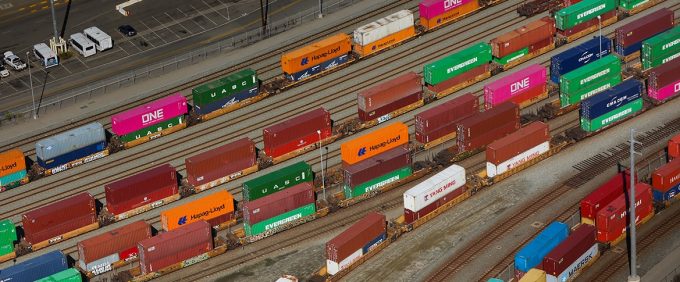US LTL and trucking sectors steering toward further consolidation
Pitt Ohio, the 13th largest LTL carrier in the US rolled into the new year ...

US west coast ports are looking to cultivate partnerships with inland facilities, which they hope will relieve their congested docks.
The port of Long Beach has signed a four-year partnership agreement with the Utah Inland Port Authority (UIPA).
This involves joint marketing efforts and data sharing to ...


Comment on this article